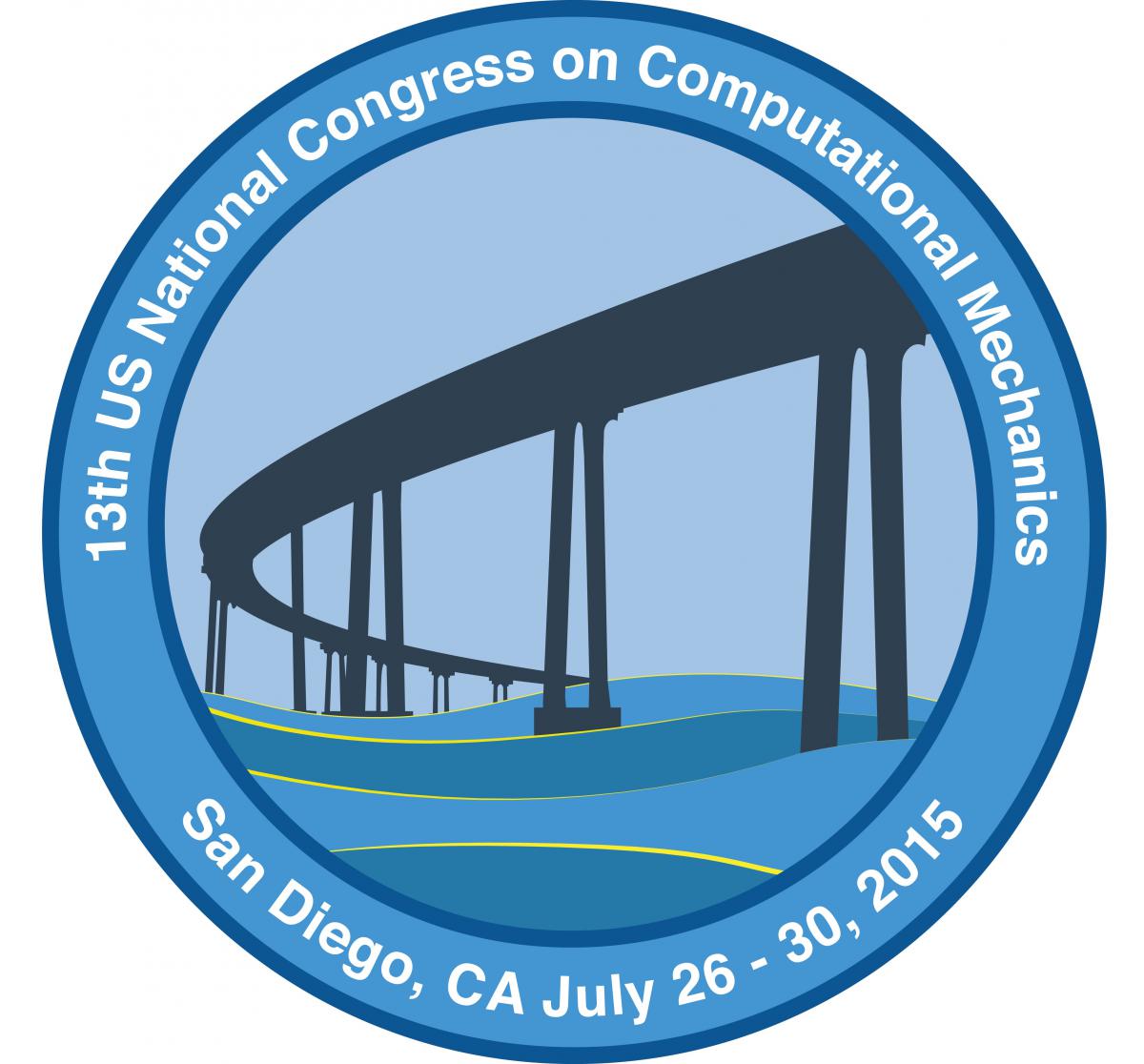Multiscale Modeling of Granular Materials
Granular systems are ubiquitous in our everyday experience. They play a central role in the physics of many natural phenomena that are societally relevant such as slope failures (e.g. landslides and man-made embankment) and earthquakes. Grain transportation, pouring, packing and flowing are also essential processes in many industrial fields such as food, pharmaceutical, and construction material industries.
From a fundamental point of view, granular materials deform in complex, and possibly chaotic, ways. Small scale instabilities on the grain scale, such as cooperative alignment of particles in a given direction, may lead to large scale fragilities on the macroscopic scale such as shear banding and failure. Moreover, granular particles are not necessarily smooth and various types of contact and surface forces exist between them. A multiscale description for deformation is thus essential to take into account the small scale nonlinearities and their implications on the overall behavior; a naive separation between micro and macro scales may be misleading.
This session solicits contributions in the broad area of multiscale modeling of granular materials. Relevant topics include, but not limited to, : (1) constitutive models for granular materials in the dense and hydrodynamic regimes, (2) application of graph theory to granular physics, (3) coupled granular-continuum simulations, (4) modeling strain localization and shear bands in the presence and absence of fluids, and (5) modeling large scale stick slip instabilities as observed in landslides and earthquakes. Experimental studies on microstructures of granular materials via tomographic imaging or digital image correlation techniques are also welcomed.





